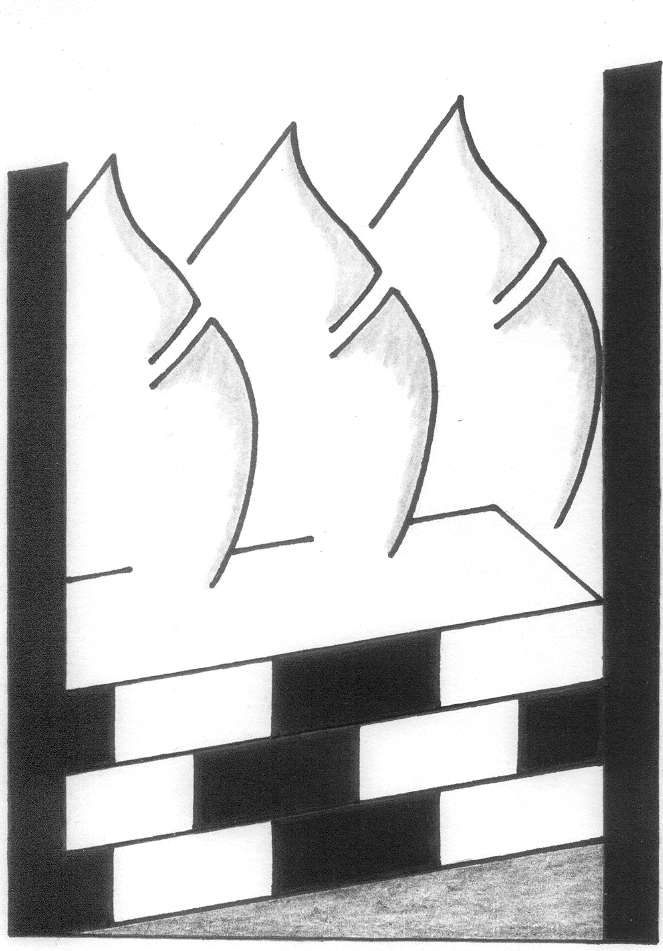History and the Judgement of the Allahabad High Court (Lucknow Bench) in the Ramjanmabhoomi-Babri Masjid Case
(Excerpts)

The Allahabad high court bench on Ayodhya matters, Lucknow, finally gave its judgement on the Ramjanmabhoomi-Babri Masjid dispute on September 30, 2010. The three judges, Justices SU Khan, Sudhir Agarwal and DV Sharma, gave separate judgements. The first two judges did not agree on the historical issues involved but concurred over the operational part which meant allotting two-thirds of the land in well-defined portions to the VHP-sponsored body and the Nirmohi Akhara and the residual one-third to the Sunni Wakf Board. Justice Sharma delivered the minority judgement, holding that the Muslims needed to be excluded altogether from the disputed land.
The operational part of the majority judgement derived not from Justice SU Khan’s but from Justice Sudhir Agarwal’s reading of the historical background. Moreover, Justice Agarwal, by setting forth a very extensive reproduction of the court’s orders and applications before the court during the case, and extracts from the statements of witnesses and the arguments of advocates, has laid out massive material of the case in over 5,000 pages. This constitutes a large part of the basic material brought before the high court although one may legitimately differ from Justice Agarwal’s mode of selection and attribution of importance to certain statements or books.
In this volume we hope to deal with all the major points at issue relating to history and archaeology that have been raised in the judgement of Justice Sudhir Agarwal. It consists of four papers. Paper I deals with the date of construction of the Babri Masjid and the historicity of its inscriptions. Paper II shows that the evolution of the belief in the site Ramjanmabhoomi is a recent one, not earlier than the 18th century, and brings out the misuse of the so-called Vishnu-Hari temple inscription. Paper III is the longest: it refutes the conclusions of the final report of the Archaeological Survey of India (ASI) and takes issue with the justice’s own findings about “the structure(s) beneath the mosque” and the demolition thereof. Finally, Paper IV traces the course of the ASI’s biased and partisan conduct of the excavations at Ayodhya.
While we have had to disagree with Justice Agarwal’s reasoning and conclusions on various occasions, no personal aspersions are at all intended.
The judgement of Justice Agarwal has serially numbered paragraphs and these are cited in all our references to it. All paragraph numbers put in bold figures in our text refer to paragraph numbers of the judgement.
For easy reference to our own text, we have numbered our paragraphs in separate series under each paper: thus the third paragraph in Paper II is numbered 2.3. The paragraph numbers in Notes annexed to Papers I and II are prefaced with numbers of the respective papers and notes. Thus the second paragraph of Note 3 annexed to Paper I is numbered 1.3.2.
The papers in the volume have been compiled on the basis of information from various sources, with the advice of many friends and colleagues. But the ultimate responsibility is that of the undersigned.
Irfan Habib
President,
Aligarh Historians Society
Archived from Communalism Combat, February 2011 Year 17 No.154, Section II, Paper I: Misinterpreted and Misjudged